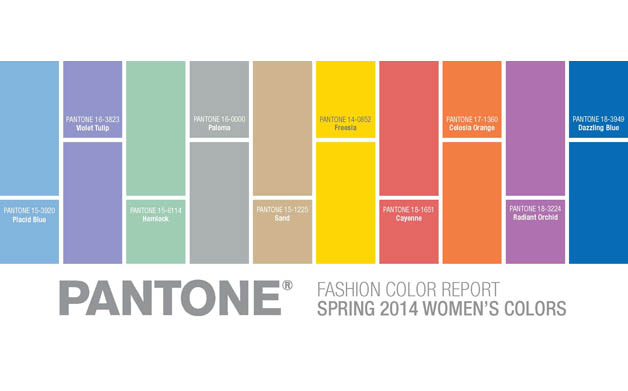A team of computer scientists and designers at the University of Waterloo has created a new tool called De-Stijl that aims to assist users in utilizing color effectively in graphic design. De-Stijl harnesses the power of advanced machine learning technology to provide intuitive color palettes for inexperienced designers and novices. By incorporating and enhancing the functionalities of popular tools like Figma, Pixlr, and Coolor, this software allows users to choose significant theme colors and instantly visualize their impact on a design.
Jian Zhao, an assistant professor of computer science at Waterloo, explained the process: “You put your graphical elements into the canvas. De-Stijl separates it into background, image, decoration, and text, and based on these, it creates a palette and then can make recommendations based on the design elements of layout, color proximity, and proportion.”
The most significant innovation introduced by De-Stijl is its unique 2D color palette, developed in collaboration with expert graphic designers. This palette not only suggests colors but also demonstrates how they will appear in different arrangements. Xinyu Shi, a PhD student in computer science and the lead author of the research, highlighted the importance of this feature: “Humans perceive colors differently based on their proportion and their placement. With the 2D format, users can better perceive how their current graphic designs look, focusing on the color itself.”
The collaboration between the University of Waterloo and Adobe, known for its popular design software like Photoshop and InDesign, led to the development of the De-Stijl project. Recognizing the challenges faced by individuals responsible for creating branding and marketing materials without extensive design knowledge or access to professional designers, Adobe sought AI-powered solutions. Consequently, they engaged the Waterloo team to tackle this issue.
To build and test the software, the De-Stijl team worked with a combination of design experts and ordinary users. During the testing phase, participants utilized De-Stijl and competing tools to customize marketing materials from provided templates. In anonymous expert assessments, De-Stijl outperformed the competition in terms of usability, customization, and design attractiveness.
It is important to note that the creators of De-Stijl emphasize that the tool is not intended to replace expert graphic designers or human creativity. Instead, it aims to streamline the design process by reducing the guesswork involved.
Xinyu Shi stated, “Our aim is to facilitate, not replace.” With De-Stijl, novices and inexperienced designers can enhance their graphic design skills and create visually appealing materials more efficiently.
Reference
Shi, X., Zhou, Z., Zhang, J. W., Neshati, A., Tyagi, A. K., Rossi, R., Guo, S., Du, F., & Zhao, J. (2023). De-Stijl: Facilitating Graphics Design with Interactive 2D Color Palette Recommendation. Proceedings of the 2023 CHI Conference on Human Factors in Computing Systems. https://doi.org/10.1145/3544548.3581070






